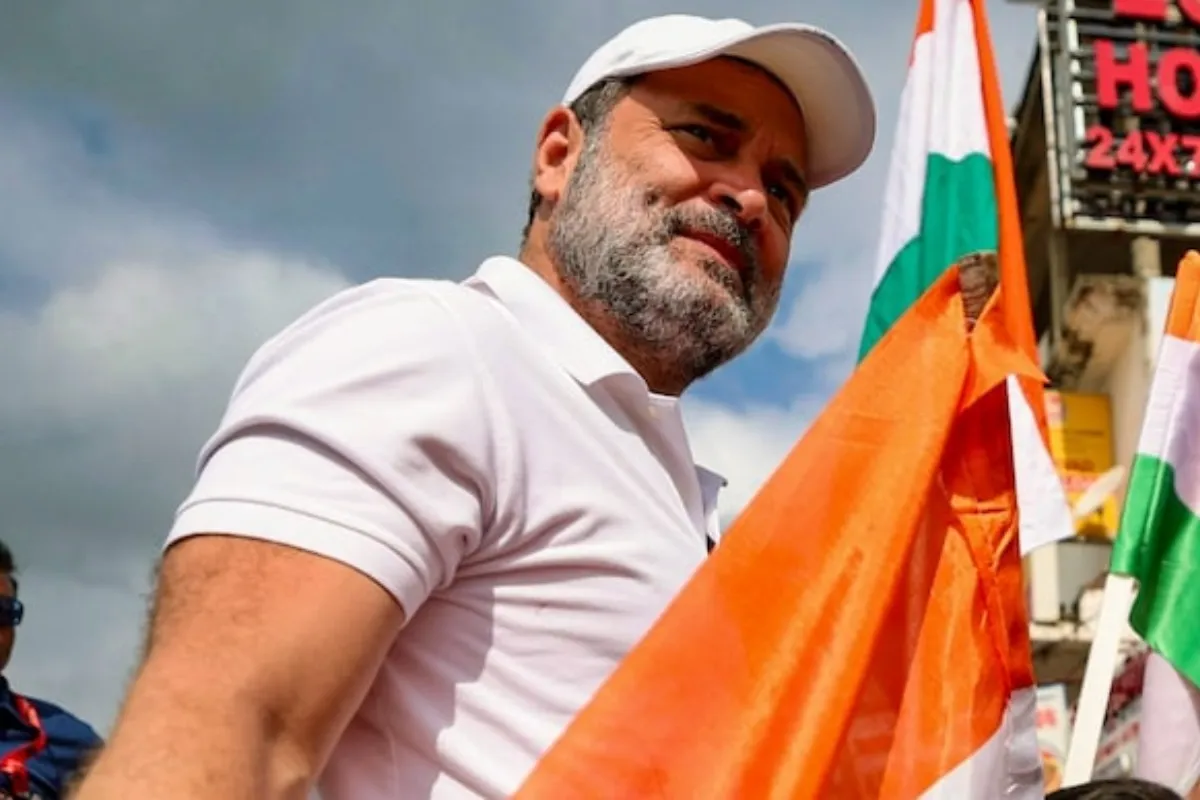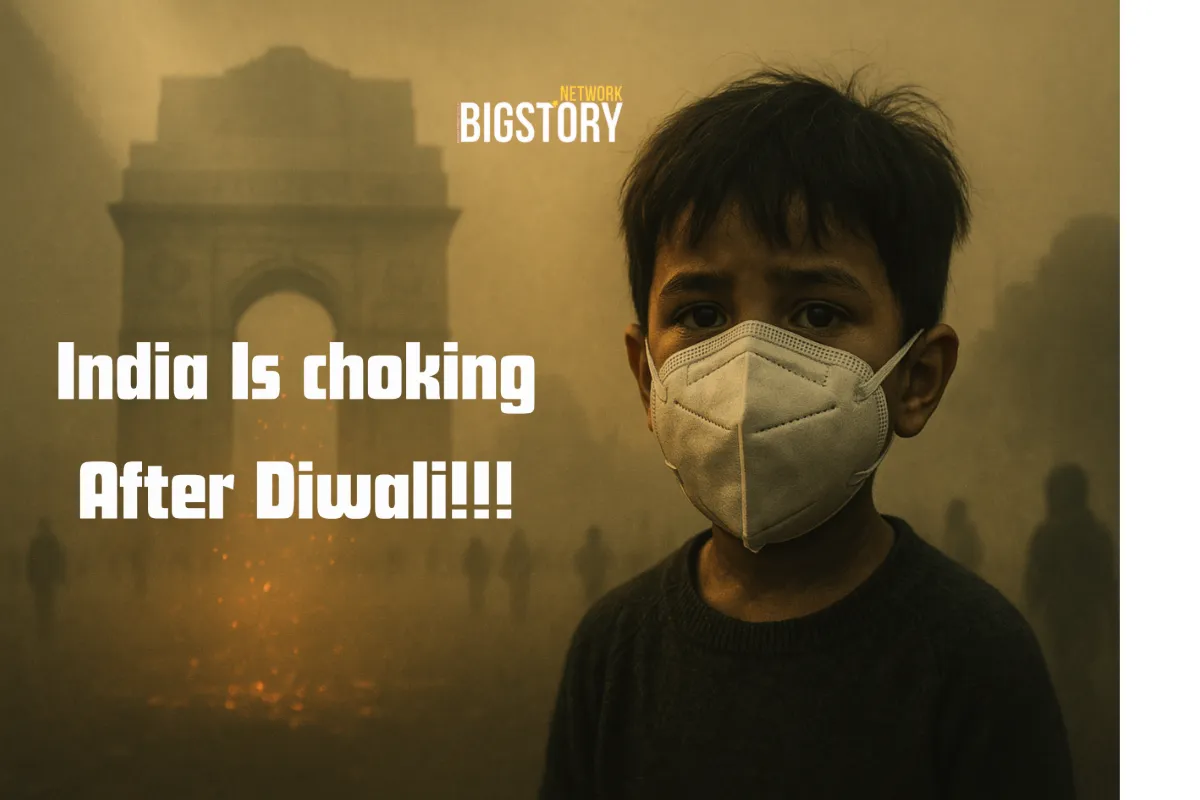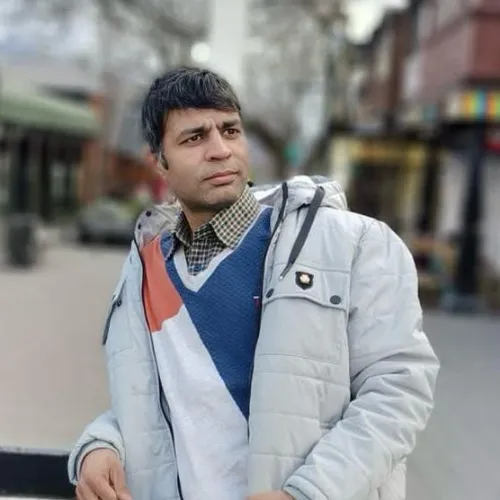Rahul Gandhi’s ‘vote chori’ campaign—his high-decibel charge that votes were “stolen” through irregularities—has run into turbulence in Bihar after a woman whose account underpinned a widely shared allegation stepped back from her original claim. The retraction, quickly seized upon by political opponents and skeptics, has complicated the campaign’s momentum, raised questions about vetting and documentation, and intensified a broader debate over how electoral malpractice should be evidenced, investigated, and communicated in the public square.
At issue is not only the credibility of a single narrative but the scaffolding that campaigns build around such stories: affidavits, corroborating witnesses, documentary trails, and formal complaints lodged with election authorities and courts. When a central testimony shifts, it can trigger a reassessment of the entire case, particularly in a politically sensitive environment like Bihar where allegations of booth-level manipulation, coercion, or administrative lapses have significant resonance. For Gandhi’s messaging team, the U-turn is a reminder that the standard for public accusations is—and ought to be—higher than the threshold for social media virality.
Opposition parties to the Congress and its allies were quick to pounce. They framed the retraction as proof that the ‘vote chori’ narrative rests on shaky ground and accused Congress of amplifying unverified claims for electoral mileage. Their argument is simple: if a key witness can recant under scrutiny, then the campaign’s evidentiary base may be more rhetorical than real. Some leaders called for public disclosure of all materials the campaign relied upon—video statements, signed complaints, and any interactions with police or election officials—to allow independent assessment of the case’s merits.
Congress leaders countered that a single retraction does not invalidate the larger pattern of concerns they have raised about electoral administration. They pointed to reported irregularities in other districts and argued that witness intimidation or social pressure can cause genuine complainants to walk back their words, especially in closely-knit communities. From their vantage point, the U-turn is itself symptomatic of the power dynamics that make it difficult to sustain allegations of malpractice without robust institutional protection for whistleblowers.
The political optics are nuanced. On one hand, the retraction blunts the immediacy of the ‘vote chori’ charge by undermining a story that had become emblematic in campaign materials. On the other, it opens a window for Congress to reposition its argument around process rather than personalities: instead of resting on anecdote, the party can escalate demands for structured audits—randomized EVM-voter paper audit trail (VVPAT) matching beyond statutory samples, third-party reviews where discrepancies are alleged, and time-bound inquiries under judicial oversight. Such a pivot would align the campaign with institutional remedies rather than narrative contestation alone.
For the electorate, the episode surfaces a familiar dilemma: how to interpret conflicting claims in real time without access to the full evidentiary record. Bihar’s political culture is no stranger to allegations of electoral malfeasance, but translating those claims into actionable findings requires a chain of custody for facts—formal complaints, receipts, response logs from returning officers, and clear timelines. Without these, the public is left weighing credibility judgments in a fog of partisan messaging.
From a governance and legal standpoint, the path to clarity runs through established mechanisms. The Representation of the People Act and the Model Code of Conduct provide avenues for complaints and sanctions. At the operational level, the Election Commission’s procedures for EVM integrity and VVPAT audits are designed to catch and correct anomalies, but they work best when invoked promptly with precise booth information, witness statements, and any contemporaneous media or CCTV evidence. Campaigns that want durable outcomes need to anchor their charges in these processes early and visibly.
The U-turn also spotlights the human factors that shape political testimony. Individuals who step forward in contested environments can face social backlash, employment risks, or legal exposure if their statements are challenged. Ensuring witness protection—formal or informal—matters, as does counseling on the implications of public allegations. When testimonies change, it is important to differentiate between coerced retractions, genuine corrections of earlier errors, and politically motivated backtracking; each scenario carries different implications for accountability and reform.
Strategically, Gandhi’s campaign has options to steady the narrative:
- Move from anecdote-first to evidence-first communications. Publish redacted versions of FIRs or election complaints where filed, with timelines and official acknowledgments, so the public can see the procedural spine behind the claims.
- Emphasize independent verification. Invite neutral civil society groups, retired judicial officers, or election law experts to review complaint packets and issue assessments. Transparency can rebuild trust where narratives have frayed.
- Focus on systemic fixes. Rather than relitigating a single testimony, push for enhancements that many voters across party lines support: increased VVPAT tallying percentages in close contests, standardized CCTV archiving at counting centers, public dashboards for complaint status, and tighter rules around the movement and storage of EVMs.
- Demonstrate accountability in messaging. Acknowledge the retraction plainly, explain how vetting will improve, and differentiate between allegations supported by documentary evidence and those still under verification. Voters often reward candor over spin when a story changes.
For rival parties, the temptation will be to declare the entire ‘vote chori’ campaign discredited. But the wiser political course is to welcome stronger verification standards and procedural transparency across the board. Electoral legitimacy is a shared asset; overstating the implications of a single retraction risks looking complacent about the integrity of the process itself. By supporting reasonable, non-partisan safeguards, opponents can claim both vindication in the moment and commitment to democratic hygiene.
Media coverage has a role to play as well. Responsible reporting distinguishes between claims, evidence, and process. When a witness revises her statement, the story should explore why, what protections existed, and what documentation surrounds the original claim. Over time, outlets that invest in election process literacy—explaining VVPAT mechanics, chain-of-custody protocols, and the hierarchy of complaint resolution—can help audiences interpret controversies more accurately.
At the grassroots, civic organizations can help convert controversy into constructive action. Training poll agents on documentation standards, educating voters on complaint filing, and monitoring compliance at counting centers are all non-partisan contributions that lower the temperature and raise the signal-to-noise ratio in contested elections. In districts where tensions run high, third-party mediation to protect complainants from harassment can also support fair adjudication of disputes.
Ultimately, the snag in Bihar exposes both the fragility and the resilience of narrative-driven campaigns. Stories move people, but institutions settle contests. If Rahul Gandhi’s team can use this setback to elevate the conversation from slogans to systems—without abandoning the core concern about electoral integrity—they may yet convert a tactical stumble into a strategic recalibration. If rivals engage the issue beyond point-scoring, Bihar could emerge from the moment with a sturdier consensus on how to surface, test, and resolve allegations of malpractice.
For voters, the practical takeaway is simple: treat dramatic claims and dramatic retractions with equal caution. Look for the paperwork—complaints, acknowledgments, orders—and for the processes that follow. Elections are ultimately administrative exercises wrapped in politics; keeping the administrative heart strong is how the democratic body stays healthy, no matter which party’s pulse runs high in a given season.







Leave a Reply